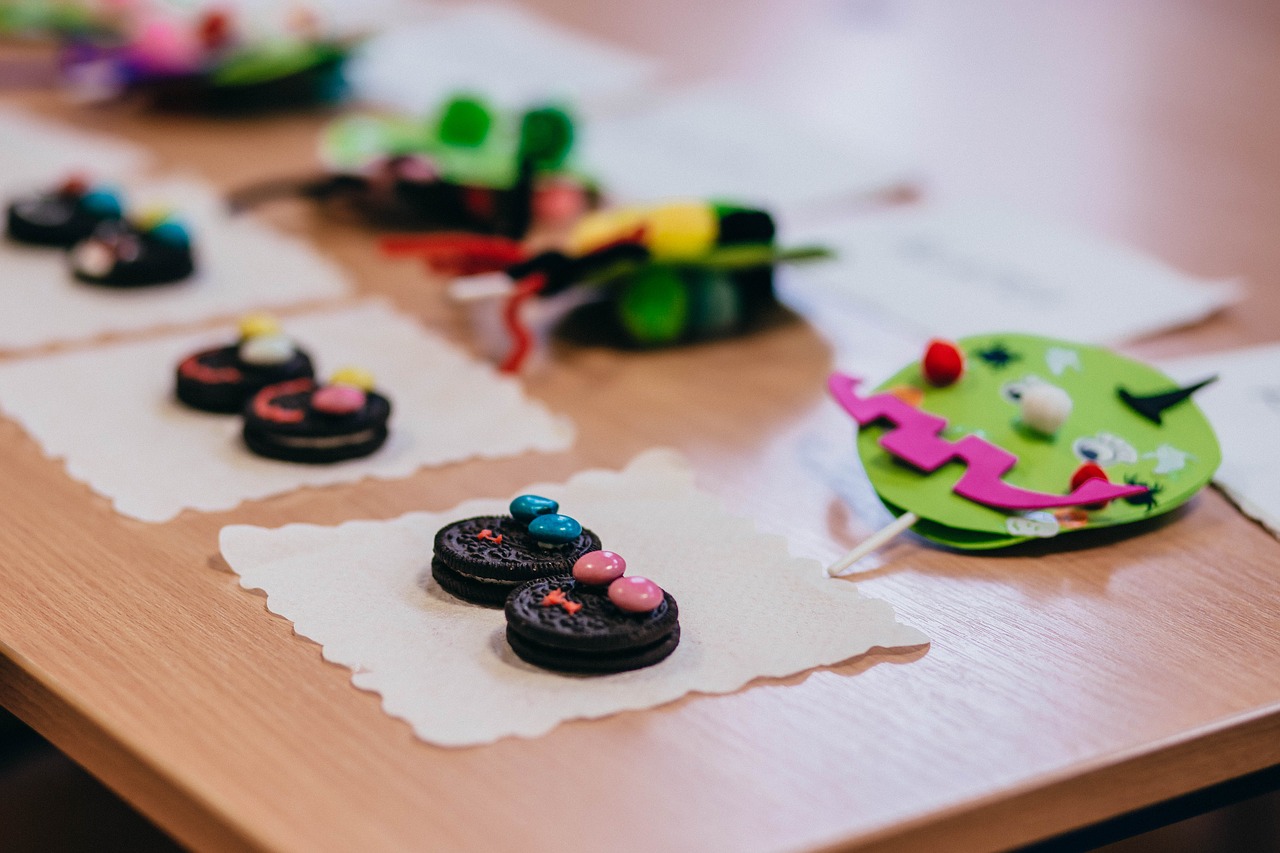
If you study human history, you will realize that human beings are very innovative, especially when a necessity demands so. The same innovations are seen playing a significant role in food evolution, even if, in this case, it is all about making the food either easier to chew, juicier, or reduce waste. A closer look at some revered dishes will give you a better elaboration on this.
An afternoon gathering of friends at one of their homes is often accompanied by drinks and barbeque. The slow searing of meat makes it well-cooked and tender. The barbeque was a slaves’ meal in the civil war as plantation owners enjoyed the best choice of meat parts. The slaves cooked the tough meat parts slowly in low heat to make them easily edible.
Beer as Payment
On the drinks, beer has a significant relation with bread, especially in the ancient Egyptian era. Back then, wheat was grounded by many workers who were paid in the form of beer and food. Some of the workers died on the job and were buried with rations of bread and beer that they believed to take to the next life.
Another way that food played an interesting role in societal perceptions was with Queen Elizabeth, who loved sugar and sweet treats. Her darkened teeth were clear evidence of this. However, sugar was expensive in those days, and only the wealthy had the luxury of having it regularly. To gain some form of acceptance in society, people started coloring their teeth black.
Food as An Art, Science and Even Printed
Evidently, food revolution keeps advancing, breaking boundaries that people never thought impossible. For example, no one would have thought of food as an art. Today, food is even a science, and scientists use specific flavor molecules to build their tastes chemically. A good example is the pistachio flavor in ice cream.
It doesn’t stop with art and 3D printing for food. We are even looking forward to technology disrupting the food industry significantly with robotics and machine learning. It all started with one meal in the fire, to storage that has lead to the growth of restaurants and now robotics that will bring food and foodservice closer to the consumer and change their relationship forever.




